ASUS Zenbook Prime (UX21A) Review: The First of the 2nd Gen Ultrabooks
by Anand Lal Shimpi on May 22, 2012 2:46 PM EST- Posted in
- Laptops
- CPUs
- Asus
- Ivy Bridge
- Zenbook
- Zenbook Prime
- Ultrabook
- Notebooks
The Zenbook Prime Exterior
The all-aluminum Zenbook chassis makes another appearance with the Zenbook Prime. It's the same thickness and weight as its predecessor. The Prime also features the same port configuration. On the 11-inch model you get two USB 3.0 ports (one on each side), a mini VGA out (with bundled dongle), micro HDMI out and shared audio/mic jack. The 13-inch model adds an SD card reader, while the thicker UX32 adds full sized HDMI and a third USB 3.0 port on top of that.
While the outside of the Zenbook hasn't changed at all, it's what's inside that's completely different. Both the UX21 and UX31 now feature 1920 x 1080 IPS panels. I'll get into the debate over the usability of such a high res on such an 11.6 inch display shortly, but at a high level this is just awesome. ASUS is finally putting the type of attention we've been asking for on display technology. The 1080p panel on the UX21 looks amazing and performs extremely well as you'll soon see. I can only assume the UX31's panel is similarly impressive.
What else got updates? The camera (now 720p), keyboard, trackpad, WiFi, USB 3.0 and power adapter, to name a few.
The New Keyboard
The keyboard is all-new on the Zenbook Prime. Although it doesn't look as stylish as what ASUS introduced in the original, the new keyboard is worlds better to type on. It feels almost identical (but not completely) to the MacBook Air keyboard, which in my opinion is a good thing. Finger fatigue is significantly reduced compared to the original Zenbook. ASUS claims 12% increased key travel compared to the predecessor which definitely contributes to a better typing feel.
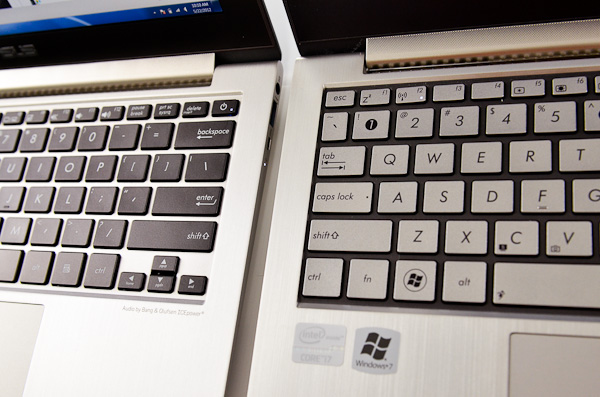
The new keyboard (left) vs. the old keyboard (right)
The keyboard obviously looks very similar to Apple's chiclet as well and now features a LED backlight. There are three selectable brightness settings for the keyboard backlight (four if you count off), which you control via a keyboard shortcut (fn F3/F4).
A Much Improved Trackpad
The problematic trackpad from the original Zenbook was actually addressed mid-cycle last generation. ASUS switched to an ELAN trackpad that did away with most of the issues I encountered. Users who wanted the new trackpad could call, complain and should've been able to get their unit swapped out although there was never a formal replacement program. The Zenbook Prime uses the same trackpad, although this is my first personal experience with it in a Zenbook.
In short, it's much better than what I originally reviewed. Keeping one finger on the trackpad's left click area while you move the pointer is no longer an issue. The pointer will occasionally refuse to move but it's very rare and ASUS even ships software that lets you tweak the trackpad's sensor to better match how you use it:
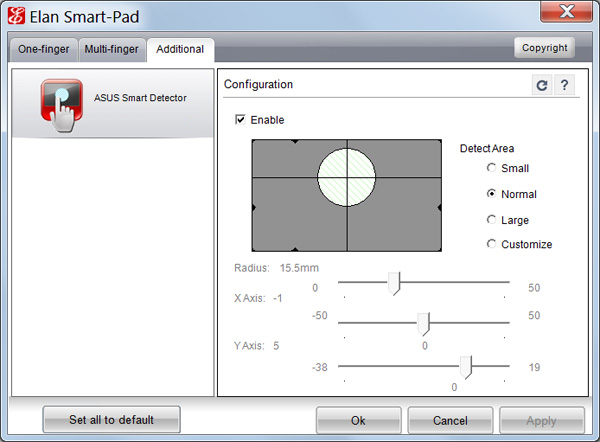
Tap to click and actually clicking the trackpad are both non-issues again. Two finger scrolling as well as three finger forward/back gestures all work very well. Overall the experience is pretty good, albeit not quite perfect. It's likely the best ASUS can do without writing its own trackpad driver. At some point it may just come to that however.
An Updated Power Adapter
The 45W power adapter from the Zenbook gets a slight update as well. Remember the charge indicator that never turned off? Fixed. Also the somewhat worrisome power connector has been beefed up, it's a bit thicker and I'm less worried about it snapping off.
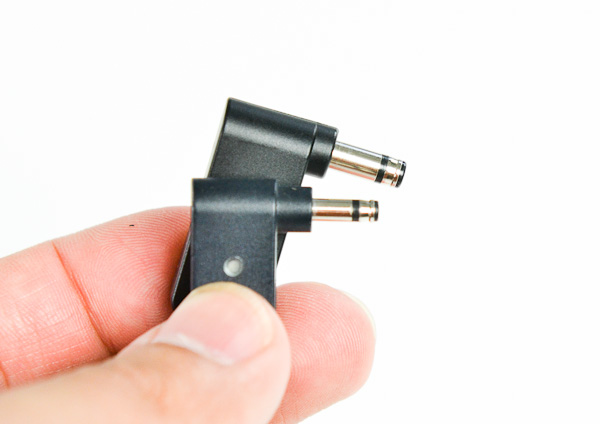
The old Zenbook power connector (bottom) vs. the new Zenbook Prime connector (top)
I shouldn't be surprised that ASUS fixed these things but it's just so rare that a company listens to feedback and acts appropriately in such a short period of time. I would still like to see a MagSafe clone and better cable management than a bit of velcro, although navigating around any associated patents there should be fun for ASUS' lawyers.
Vastly Improved WiFi
The original Zenbook featured a 2.4GHz Qualcomm Atheros AR9485 802.11b/g/n WiFi solution. Only supporting a single spatial stream the best sustained speeds I saw were around 5MB/s using 20MHz channels at 2.4GHz. The Zenbook Prime offers a considerable upgrade.

Now inside the machine is Intel's Centrino Advanced-N 6205 controller. The 802.11a/g/n controller adds 5GHz support and link speeds of up to 300Mbps. In practice I saw a doubling of performance under the same conditions as the original Zenbook (80Mbps vs. ~40Mbps).
As a side benefit, since ASUS is using Intel's Centrino WiFi on an Intel platform it also by default supports Intel's Wireless Display (WiDi) technology.
Just like last time, the UX21A comes with a sleeve case, VGA dongle and USB to 10/100 Ethernet adapter.
USB 3.0 on Both Ports
Courtesy of Intel's HM76 chipset found on the Zenbook Prime's motherboard are the notebook's two USB 3.0 ports. The original Zenbook had a single USB 3.0 port and one USB 2.0 port by comparison. USB 3.0 performance is a bit higher than what I measured with the original Zenbook. I had no problems sustaining transfers at above 170MB/s.
VGA and HDMI out are also supported. There's no Thunderbolt or DisplayPort on the Zenbook Prime unfortunately.
Simplified SSDs
The original Zenbook offered one of two SSDs depending on the model you picked up: Sandisk's U100 or ADATA's SandForce SF-2281 based XM11. If you'll remember back to my review of the original Zenbook I expressed concern that ASUS was shipping a known buggy firmware with the ADATA drive, although admittedly I didn't run into any of the SandForce BSOD issues during my review of the system. It looks like those concerns can be put to rest as ASUS has dropped SandForce from the Zenbook Prime. Sandisk's U100 is all that's available now.
As we've alluded to in the past, the U100 isn't the fastest SSD on the block but it should be very well priced for ASUS and obviously faster than a mechanical drive. Read speeds are quite good, but write performance is where the U100 falls short. Do a lot of IO (e.g. install a game or just write sequentially to the drive) and you'll notice IO latencies increase. It's the same issue we ran into early on in the MLC client SSD space, but no where near as bad. The good news is there's no stuttering or other similarly undesirable behavior. The system still functions like it has an SSD, it's just that it could be a lot faster under load. I'm saving a full investigation into U100 performance for final Zenbook Prime hardware.
My hope is that we'll see vendors offer drop in replacements for the drive similar to what we saw OWC do for the MacBook Air. I still haven't gotten a straight answer as to whether or not the ASUS drive is electrically compatible with the MacBook Air SSD, nor have I been brave enough to risk nuking a drive to find out. Update: the two SSDs are physically similar, but not physically compatible. Here's a challenge to all SSD makers out there: build an upgrade kit for the Zenbook.


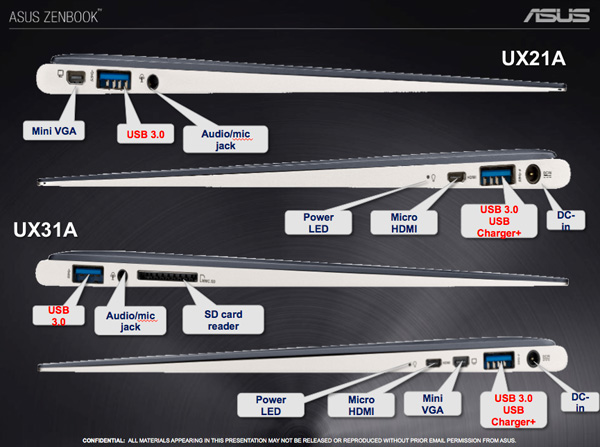
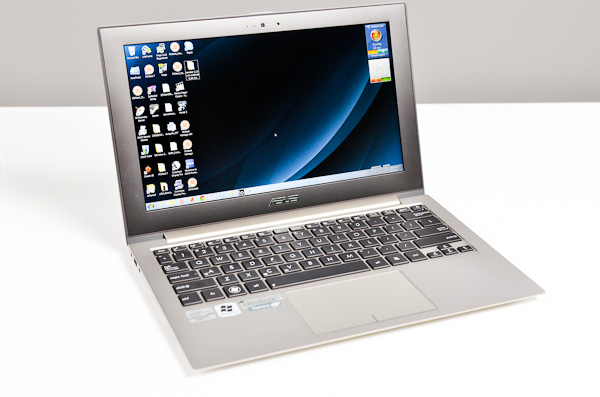






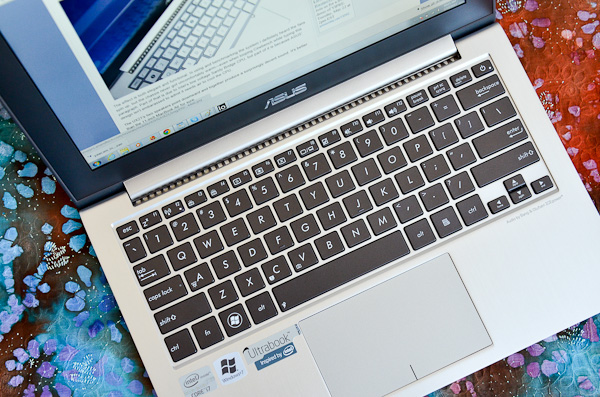
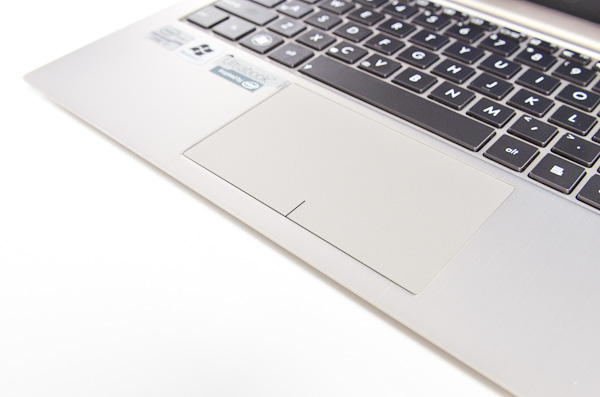
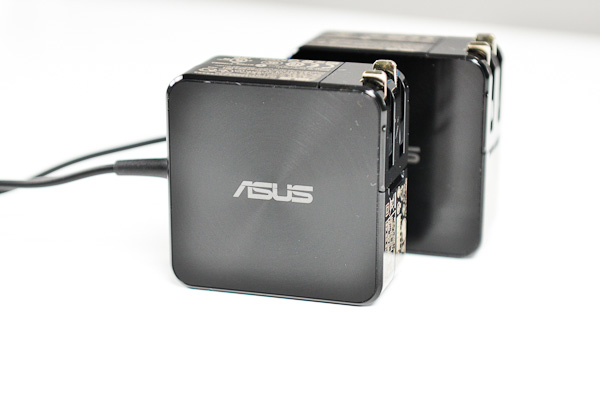
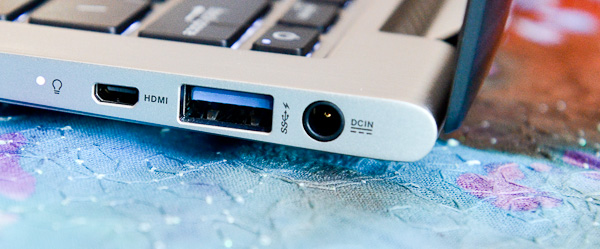








192 Comments
View All Comments
Impulses - Tuesday, May 22, 2012 - link
This is not even close to being a gaming laptop...maniac5999 - Tuesday, May 22, 2012 - link
Quick question, but how decent would the UX32 be at light gaming? (Civ5 on low, SC2 on medium, etc) I'm having some trouble pegging it's performance down, even with the help of Notebookcheck.tipoo - Wednesday, May 23, 2012 - link
The review says says 20 is acceptable for an ultramobile on a slow action game like D3, not that it's a killer gaming experience.ananduser - Wednesday, May 23, 2012 - link
If 20fps is acceptable then 720p resolution is acceptable as well.JarredWalton - Wednesday, May 23, 2012 - link
I've been poking around at Diablo III on another laptop today; to say that it's the greatest experience ever on Intel's HD 4000 would be a stretch, but it's not horrible either. It looks like the worst offender for poor performance on HD 4000 is the shadow setting; at low and 768p I got ~24 FPS for a test sequence, while a bump to 900p with most other detail options at "max" only dropped performance slightly. Turn on high shadows though and you're looking at a drop to about half the frame rate (or 1/3 lower with medium shadows).One thing you have to understand with regards to Diablo III and what constitutes acceptable performance is that it's not a twitch shooter, and the mouse cursor is separate from the frame rate. If you're very tolerant, you could even play with frame rates in the teens, but I'd suggest 20 FPS as the bare minimum. Civilization V is similar in this regard, and it's slow-paced (turn based) enough that even 10 FPS could be livable for some. It all depends on what you're willing to live with. Minimum detail and 768p in Diablo III does look pretty lousy, though -- particularly the lack of shadows, which is one of the biggest boosts to performance.
Now, if you've actually played the game on HD 4000 and want to contribute something to the discussion, that would be fine. Since it sounds like you've never played the game in the first place (at least not on moderate/low-end hardware), though, I'm not sure there's much point in you opining on how "20fps is NOT playable". For most other games, you would be correct, but for Diablo III you're just guessing...wrongly I might add. I played through a whole section with an average of 18FPS and found it acceptable for someone that's not hardcore. (Note that that was with most detail settings maxed at 900p.)
Now I need to go install it on Trinity and a couple other laptops to see how the experience compares. Oh, and FWIW, I'm not sure Diablo III is adding much to the gaming experience that's wildly improved from Diablo II, other than finally supporting higher resolutions. 12 years and this is what they have to show for it. Hmmm....
gorash - Tuesday, May 22, 2012 - link
Soo, ASUS has managed to ship a laptop with a 1080p IPS display without breaking the bank. Why couldn't the other manufacturers do the same?Reflex - Tuesday, May 22, 2012 - link
1) That is the first ultrabook I have ever considered to be interesting enough to consider buying, especially the 13.3" model with nV graphics/1080p LCD2) This is the first Asus laptop I'd consider owning, I've never been impressed with their build quality.
Really I wish it had 8GB as an option, just for longevity's sake(I tend to run a laptop a minimum of 5 years) but at 6GB its probably close enough. Very impressive and reasonably priced too. Want to see the build options and price on the 13.3" version.
Also, can the 24GB built in flash cash be used in conjunction with a hybrid HDD from Seagate? Or will that be an issue? What if you put in a SSD?
dagamer34 - Tuesday, May 22, 2012 - link
There's little point in double caching an SSD.Reflex - Wednesday, May 23, 2012 - link
Correct, but thats the thing, the cache is built in. What happens if you install a SSD? Does it get disabled?Also, there might be some point. This cache is SLC flash, if its utilized extensively it could extend the usable life of the installed SSD by preventing unnecessary writes...
sicofante - Thursday, May 24, 2012 - link
Wouldn't this take 8GB modules? That would make 10GB of RAM, which is pretty future proof for me.If it has 24GB built-in flash, I'd ask for a very big HDD, say 1TB? It would be cheaper than any SSD model and, with those 24GB acting as a cache, fast enough for everyday tasks. Do they offer such a combination?